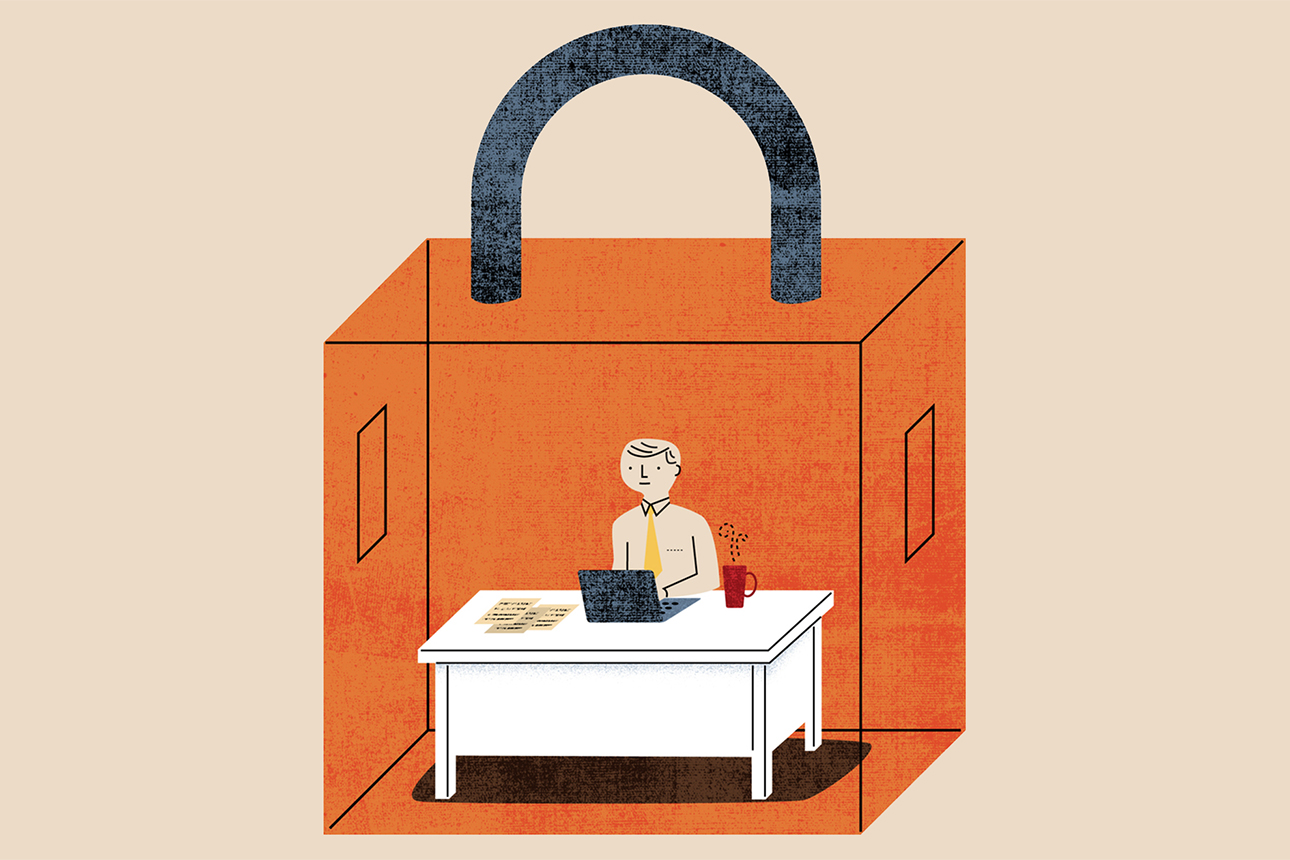What an FTC Noncompete Ban Could Mean for Workers and Businesses
Research shows that noncompete agreements depress worker wages and mobility and make it harder for new businesses to start, scale, and hire talent. So why are they everywhere?
Topics

Michael Austin/theispot.com
In January, the U.S. Federal Trade Commission proposed a ban on noncompete clauses in employment contracts. In addition to barring new noncompete agreements with employees and independent contractors, the rule would require employers to rescind existing ones. To understand what a federal ban could mean for workers and businesses, why it’s facing opposition, and how employers can prepare, we spoke with Evan Starr, an associate professor of management who studies noncompetes at the University of Maryland’s Robert H. Smith School of Business.
This interview has been edited for length and clarity.
MIT Sloan Management Review: How widespread are noncompete clauses, and who is subject to them?
Evan Starr: Surveys show that between 50% and 60% of firms use noncompetes for at least some workers, and about 30% of firms use them for all workers. An estimated 18% to 30% of workers are bound by noncompete agreements.
Executive roles are by far the most common place in which we see noncompete agreements. For other professionals, such as technical workers like engineers and doctors, it’s around 50%. But you see them in every corner of the labor market. The typical worker bound by one is paid by the hour and makes at the median about $14 an hour. I’ve seen noncompete agreements in volunteer contracts and nonprofit organizations, too.
When and how did noncompetes become common in the U.S.?
Starr: Noncompete agreements date back to the 1400s, when master craftsmen would train apprentices, who signed agreements that they wouldn’t become competitors. That eventually became English common law, which treated these on a case-by-case basis, balancing the need for this restriction against the harm that it did to a worker and society.
Most U.S. states followed this model, except California, Oklahoma, and North Dakota, all of which made noncompetes unenforceable in the late 1800s. Since then, there have been mostly tweaks across states until recently. In the past few years, there has been a raft of legislation aimed at reforming noncompete law at the state level, mostly to carve out low-wage workers who may be subject to these agreements.
Who counts as a low-wage worker is a mostly arbitrary distinction. Policy makers have taken enormously different approaches, banning noncompetes for workers making under $13 an hour to, recently in Washington, D.C., those making under $150,000 a year.
